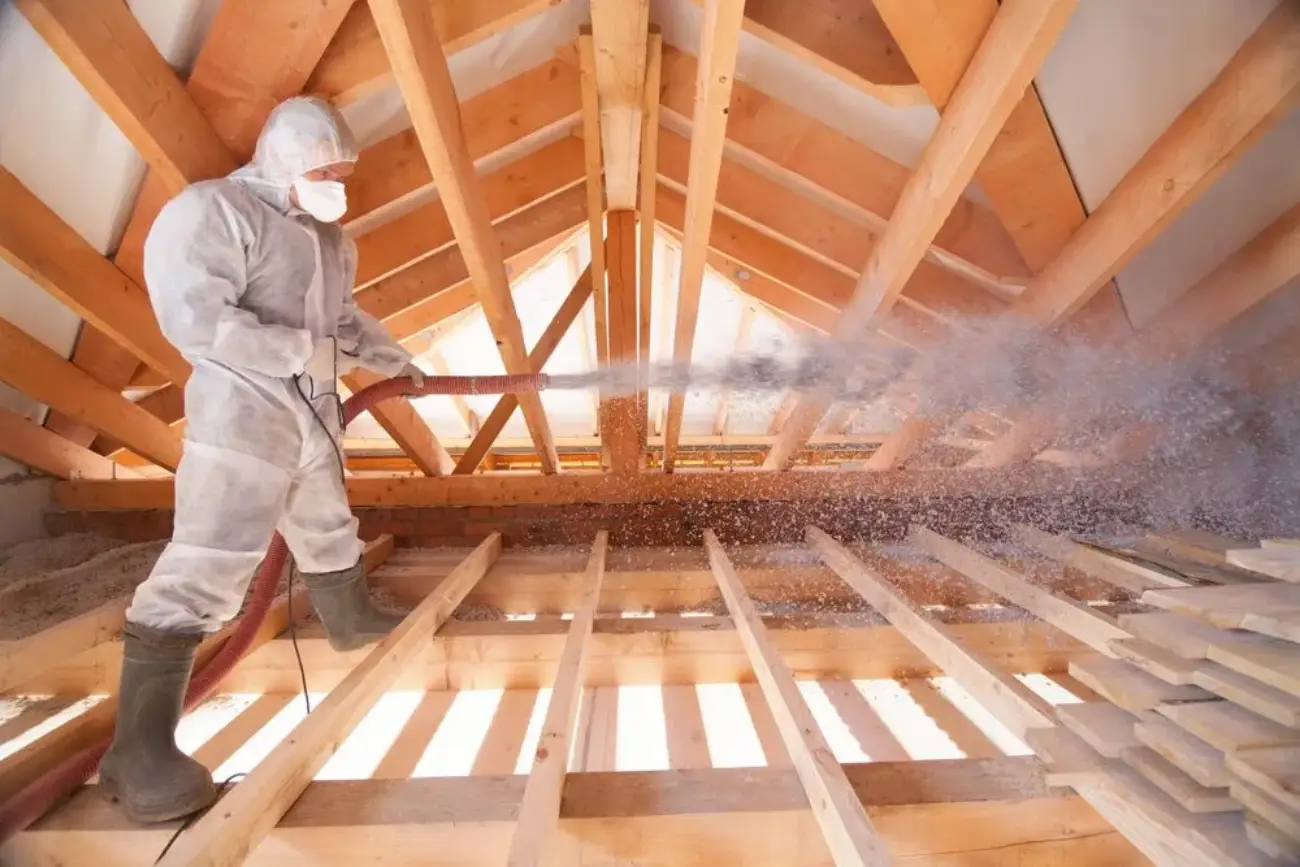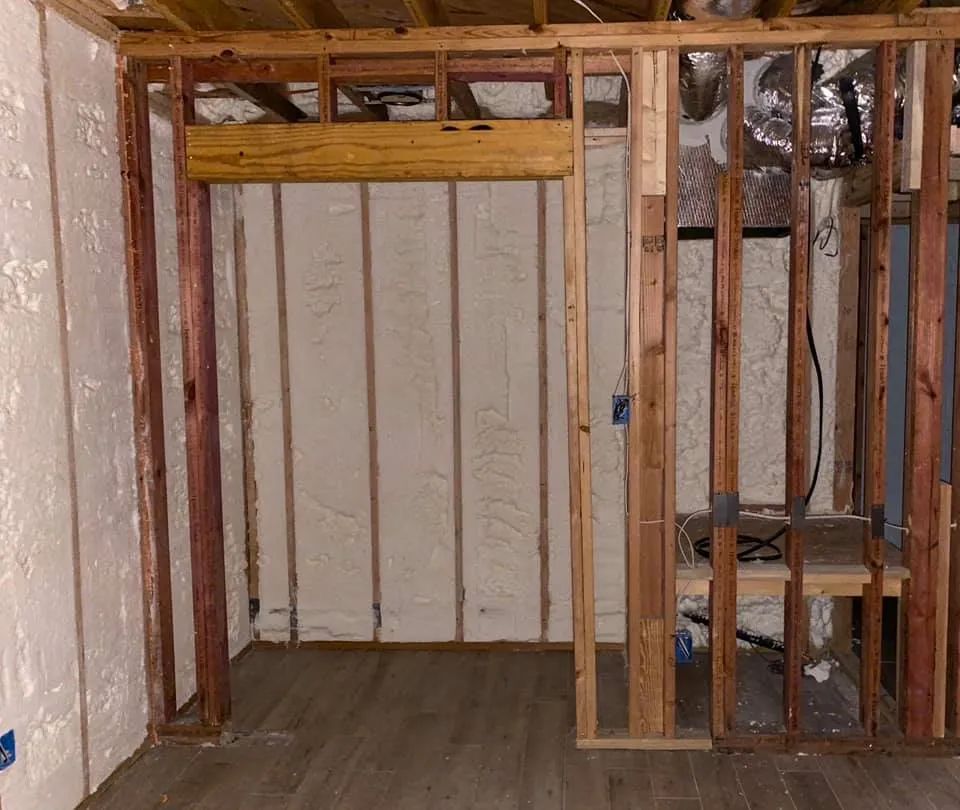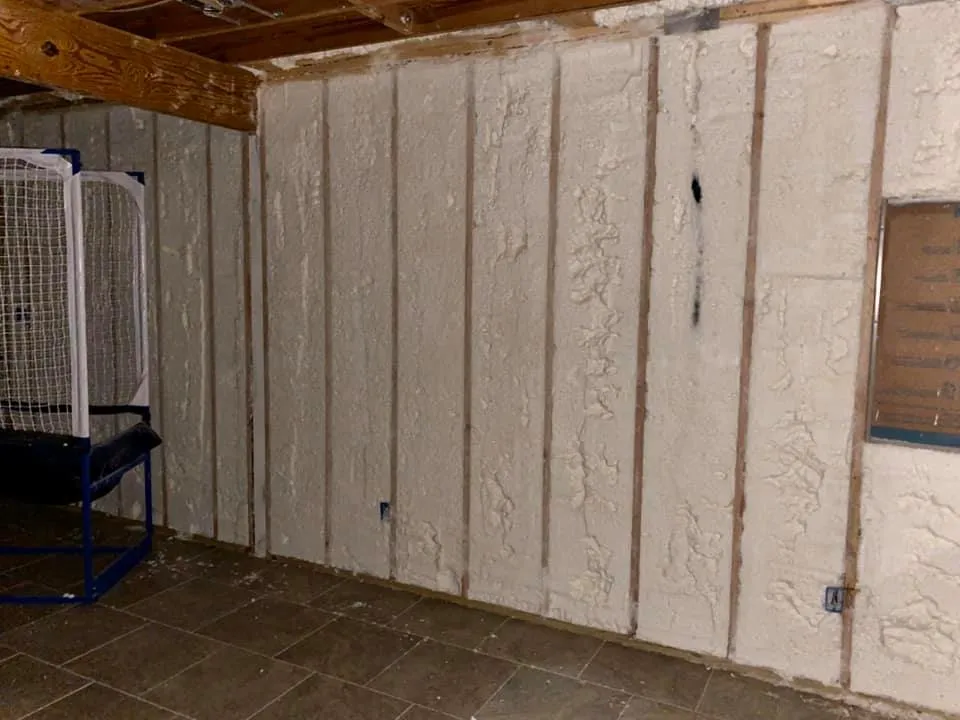Understanding Blown-In Insulation for Older Homes
Older homes in Manchaca, TX, often have insulation issues that lead to temperature fluctuations and high energy bills. Many were built before modern insulation standards existed, leaving gaps in walls, attics, and crawl spaces. Blown-in insulation is a practical solution for improving energy efficiency without requiring extensive renovations.
This method involves using loose-fill insulation material, such as fiberglass or cellulose, to fill gaps and cavities in walls and attics. Unlike batt insulation, which requires precise cutting and fitting, blown-in insulation seamlessly conforms to irregular spaces, making it ideal for older homes with unique construction styles.
How Blown-In Insulation Improves Energy Efficiency
Older homes often struggle with poor insulation, leading to excessive heat loss in the winter and unwanted heat gain in the summer. Blown-in insulation provides an effective thermal barrier by:
- Sealing Air Leaks – Small gaps in attics, walls, and floors allow air to escape. Blown-in insulation fills these spaces, preventing drafts and improving comfort.
- Enhancing R-Value – The R-value measures insulation effectiveness. Blown-in insulation increases the home’s R-value, keeping indoor temperatures more stable.
- Reducing Energy Costs – Better insulation means less reliance on heating and cooling systems, leading to lower energy bills year-round.
- Minimizing Moisture Issues – Some types of blown-in insulation, like cellulose, have moisture-resistant properties that help prevent mold growth and wood rot.
Why Older Homes in Manchaca Benefit from Blown-In Insulation
Homes in Manchaca, TX, face specific challenges due to the local climate and construction practices. Many older properties lack adequate insulation, making it difficult to maintain indoor comfort. Blown-in insulation addresses these concerns in several ways:
Works Well with Existing Walls
Unlike spray foam or rigid board insulation, which may require removing drywall or altering the home’s structure, blown-in insulation is installed through small holes drilled into walls. This allows for minimal disruption while significantly improving insulation levels.
Effective for Attics and Crawl Spaces
Older homes often have under-insulated attics and crawl spaces, leading to heat loss and energy inefficiency. Blown-in insulation can be applied to these areas, forming a continuous layer that blocks air movement and temperature fluctuations.
Adds Soundproofing Benefits
Beyond temperature control, blown-in insulation enhances soundproofing by reducing noise from outside and between rooms. This is especially beneficial for homes located near busy roads or noisy neighborhoods.
Choosing the Right Type of Blown-In Insulation
Not all insulation materials are the same. Homeowners should consider the following options:
Fiberglass Blown-In Insulation
- Made from tiny glass fibers.
- Resistant to moisture and mold.
- Non-combustible and long-lasting.
- Provides effective thermal insulation.
Cellulose Blown-In Insulation
- Made from recycled paper products.
- Treated with fire-resistant chemicals.
- Offers excellent air-sealing properties.
- Eco-friendly and biodegradable.
Mineral Wool Blown-In Insulation
- Made from stone or industrial byproducts.
- Naturally fire-resistant.
- Provides good soundproofing capabilities.
- Effective in high-humidity areas.
Installation Process for Blown-In Insulation
Step 1: Home Assessment
A professional insulation contractor evaluates the home to identify air leaks, insulation gaps, and the most effective areas for improvement.
Step 2: Preparing the Space
Protective measures are taken to minimize dust and disruption. In attics, existing insulation may be removed if necessary.
Step 3: Installing the Insulation
Using specialized equipment, the contractor blows insulation into walls, attics, and crawl spaces. The material settles into cavities, filling gaps and creating a seamless thermal barrier.
Step 4: Sealing Openings
Once insulation is installed, any drilled holes are sealed, and attic access points are properly insulated to ensure no heat escapes.
Long-Term Benefits of Blown-In Insulation
Lower Energy Bills
Efficient insulation reduces the need for heating and cooling, leading to long-term energy savings.
Increased Home Value
A well-insulated home is more attractive to buyers, potentially increasing resale value.
Improved Indoor Comfort
Rooms stay warmer in winter and cooler in summer, reducing temperature fluctuations.
Eco-Friendly Impact
Using sustainable insulation materials like cellulose reduces waste and promotes environmentally friendly home improvements.
When to Upgrade Your Home’s Insulation
Signs that an older home in Manchaca may need better insulation include:
- Uneven indoor temperatures.
- High energy bills despite moderate HVAC use.
- Frequent drafts near doors, windows, or walls.
- Ice dams forming on the roof in winter.
- Excessive noise transmission between rooms.
Professional Insulation Services in Manchaca
Blown-in insulation is a cost-effective way to enhance an older home’s efficiency and comfort. Working with an experienced insulation contractor ensures the job is done correctly, maximizing performance and longevity.
For expert insulation services, contact Stellrr at (512) 710-2839 or email info@stellrr.com.
Frequently Asked Questions
How long does blown-in insulation last?
Blown-in insulation can last 20–30 years or longer, depending on material type and environmental conditions.
Is blown-in insulation better than batt insulation?
Blown-in insulation is often more effective in older homes because it fills small gaps and cavities more efficiently than traditional batt insulation.
Can blown-in insulation be added over existing insulation?
Yes, as long as the existing insulation is in good condition and not wet or moldy.
Does blown-in insulation help with soundproofing?
Yes, it reduces noise transmission between rooms and from outside sources.
Is blown-in insulation fire-resistant?
Most types, especially cellulose and mineral wool, are treated with fire-resistant additives.
Can I install blown-in insulation myself?
Professional installation is recommended for proper coverage, but DIY options exist for small projects.
How long does installation take?
Most jobs are completed in a day, depending on home size and complexity.
Will blown-in insulation improve indoor air quality?
Yes, by reducing drafts and sealing gaps, it can help minimize dust and allergens.
What is the best type of blown-in insulation for Manchaca’s climate?
Cellulose or fiberglass are good choices due to their moisture resistance and thermal performance.





